Description
Among the forty (40) plant species of the genus there are perennial, biennial and annual. Low bushes with erect or outstretched stems, reaching a maximum of 25 centimeters in height, are distinguished by dense pubescence and graceful medium-sized flowers, usually yellow, less often purple, and sometimes very spectacular yellow flowers, the petals of which are decorated with bright purple specks.
A reddish root produces food for the aboveground parts, which, depending on the type of plant, can be thickened or thin.
The narrow-lanceolate leaves, densely pubescent with white stiff hairs, resemble the ears of rabbits or hares, which, most likely, gave rise to the name of the genus.
The ends of the stems are crowned with single tubular flowers, or lush inflorescences of such flowers. White hairs did not bypass the corolla of the flower either, located on the outside of its tube, and sometimes on the surface of the petals. Five short stamens are hidden in the depth of the tube. The apex of the filiform long pistil is bifurcated into 2 bipartite or whole capitate stigmas.
The fruit is 4 pointed nuts.
Plants of the Arnebia genus are very unpretentious, grow on sandy or stony soil, withstand frosts down to minus 18 degrees.
Some species have healing powers. Almost all species can serve as a source for obtaining dyes.
Medicinal Uses
Plants For A Future can not take any responsibility for any adverse effects from the use of plants. Always seek advice from a professional before using a plant medicinally.Cardiac and febrifuge. The plant is considered to be useful in the treatment of diseases of the tongue and throat.
References More on Medicinal Uses
None known
Special Uses
References More on Other Uses
Cultivation details
Requires a well-drained gritty soil and a sunny position in the rock garden or on a dry wall. 211075
References Carbon Farming Information and Carbon Sequestration Information
Temperature Converter
Type a value in the Celsius field to convert the value to Fahrenheit:
Celsius
Fahrenheit:
Plant Propagation
Seed — sow spring in a greenhouse. Germination usually takes place within 2 — 8 weeks at 20°c. When large enough to handle, prick the seedlings out into individual pots and grow them on in the greenhouse for their first winter. Plant out in late spring or early summer, after the last expected frosts. It is best to harvest the seed when it is slightly under-ripe, since it is quickly dispersed when ripe. Cuttings with a heel in the autumn in sand in a cold frame. Root cuttings in sand in a frame during the winter.
Native Plant Search
Search over 900 plants ideal for food forests and permaculture gardens. Filter to search native plants to your area. The plants selected are the plants in our book ‘Plants For Your Food Forest: 500 Plants for Temperate Food Forests and Permaculture Gardens, as well as plants chosen for our forthcoming related books for Tropical/Hot Wet Climates and Mediterranean/Hot Dry Climates. Native Plant Search
Weed Potential
Right plant wrong place. We are currently updating this section.
Please note that a plant may be invasive in one area but may not in your area so itâ€s worth checking.
Conservation Status
IUCN Red List of Threatened Plants Status :
| Related Plants | ||||||||||||||||||||||||||||||||||
|
Growth: S = slow M = medium F = fast. Soil: L = light (sandy) M = medium H = heavy (clay). pH: A = acid N = neutral B = basic (alkaline). Shade: F = full shade S = semi-shade N = no shade. Moisture: D = dry M = Moist We = wet Wa = water.
Some species
* Beautiful Arnebia (lat. Arnebia pulchra) — perennial up to 40 cm high with a dense rosette of basal leaves and numerous yellow large flowers with dark spots on the corolla limb, disappearing by the end of flowering. Has a slight pubescence. Very decorative plant for sandy soils.
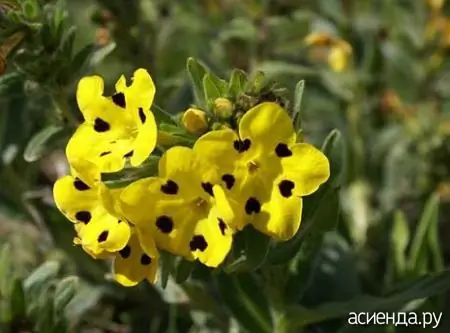 Image
Image
* Arnebia spotted (lat. Arnebia guttata) — a perennial plant similar to the species described above. Has a tougher pubescence on stems and leaves. Dark spots stand out on the bright yellow corolla.
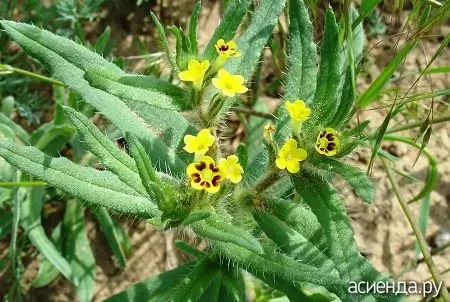 Image
Image
* Arnebia dense-flowered (lat. Arnebia densiflora) is a spectacular perennial plant with thin lanceolate pointed-nosed leaves and yellow tubular flowers that form a dense and lush inflorescence. All parts are covered with pubescence of hairs.
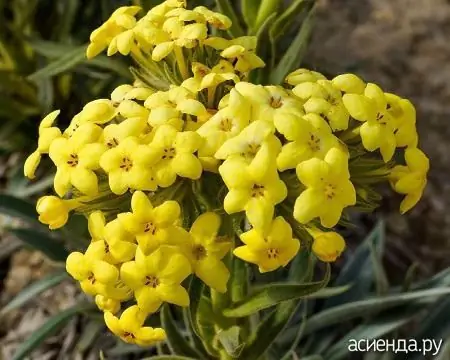 Image
Image
* Arnebia recumbent (lat. Arnebia decumbens) — a low (up to 20 cm) annual plant with yellow flowers and lanceolate leaves, practically lying on the surface of the earth. Grows in desert and rocky areas.
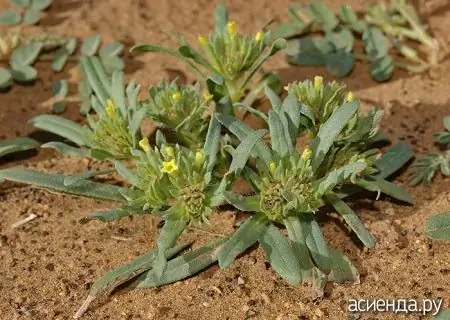 Image
Image
* Arnebia linearifolia (lat. Arnebia linearifolia) — with amazingly beautiful linear leaves covered with long white hairs.
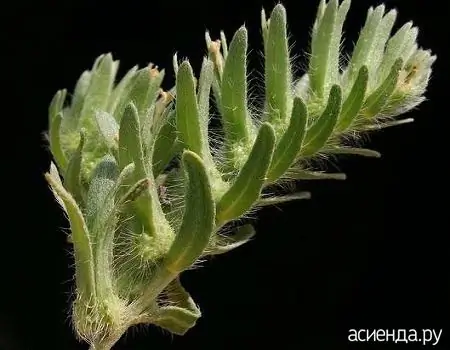 Image
Image
* Arnebia prickly (lat. Arnebia hispidissima) — densely pubescent annual up to 40 cm in height, with sessile simple leaves, yellow single tubular flowers, expanding more in width than in height. Grows on sandy and rocky soils.
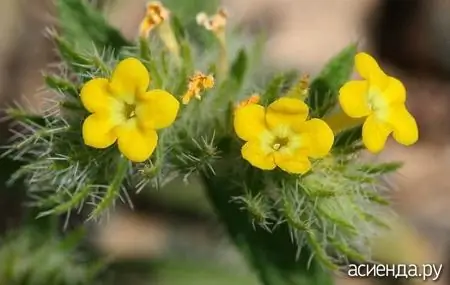 Image
Image
* Arnebia purple (lat. Arnebia purpurea) — differs in linear pubescent leaves and small flowers, painted in different shades of purple.
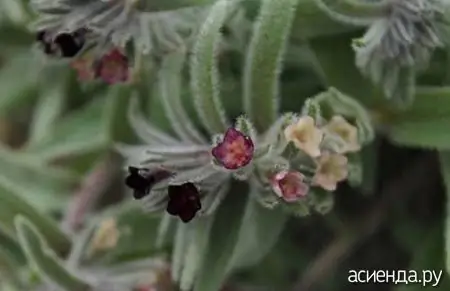 Image
Image
* Arnebia euchromic (lat. Arnebia euchroma) — a perennial herb with thick roots (up to 2 cm in diameter) containing purple dye. Tubular bell-shaped flowers with a dark purple corolla. The roots are used for medicinal purposes: healing wounds and burns; joint pain; have antifungal, antibacterial and anti-inflammatory properties.
 Image
Image
* Arnebia Himalayan (lat. Arnebia benthamii) — a very bright and showy plant with densely pubescent leaves and bright purple flowers.






























